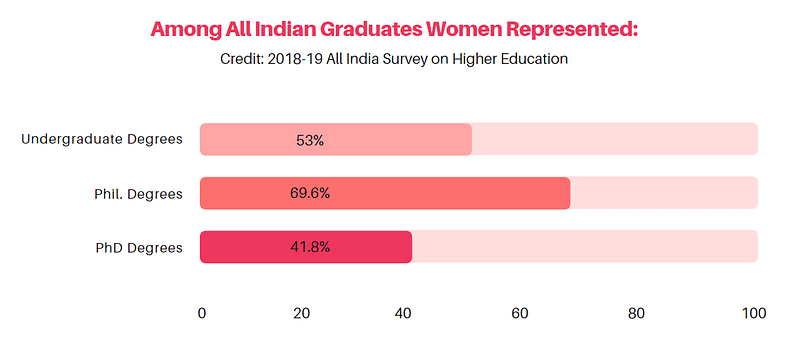Companies today are actively trying to attract more women into their organizations. This need exists in all levels and roles of the organization – corporate, manufacturing, entry level, mid-management and the C-suite.
Employee diversity today means employing more women, emphasizing inclusion of LGBT and disabled persons or broadening employee representations by race, nationality or even caste. I will focus today on gender diversity as it relates to women participation. It is by far the largest diversity talent pool in international labour markets that is underrepresented yet has the potential to generate wealth and economic growth. Our clients are emphasizing more than ever their need to attract a greater number of women to the workforce to take on managerial roles at different organizational levels.
Looking at the Numbers
The simplest place to start is labor force participation of women. In India, despite societal modernization, the ongoing sexual revolution and generally more liberal attitudes, only 23.8% of working age women participate in the workforce. According to the World Bank, modernized labour markets like Singapore (60%) and the United States (56%) showcase better numbers but still do not compare to their male counterparts participation in the workforce which clocks in at 75-80%. China is a unique anomaly – the soon to be largest economy with impressive GDP per capita growth figures over the last decade boasted a 61% women labor force participation rate in 2017. Another outlier is Rwanda (84% women labor force participation), an African country devastated by a genocide in 1994, that removed large numbers of male workforce members and forced women to take up jobs not just in the informal sector but in white collar jobs of the organized workforce. Rwanda is also at the top of global lists in terms of percentage of female parlimentarians (61.3%) and wage-parity (84 cents for every dollar earned by a man vs a comparable statistic in the US of 74%).
India has to go some ways to catch up. The reasons are plenty – a society still dominated by joint families, a culture biased toward educated mothers staying away from the workforce to raise kids and workplace safety of women. These factors can be addressed, but given the status quo it will take a long time to do that. Changing labor laws and employee benefit regulations can be a catalyst that spurs rapid growth in women participation in the workforce.
Gender-Equal Policies
Scandanavian countries (Sweden, Denmark, Iceland, Norway, Finland) have actively encouraged ‘gender-equal’ policies in the workplace as opposed to ‘women-friendly’ or ‘mother-friendly’ policies. Instead of simply raising the maternity leave benefits by days or weeks to encourage mothers to return to the workforce, they have simultaneously raised the paternity leave offering given to working fathers with a use-it-or-lose-it stipulation. Such policies along with better child-care options for new mothers like flexible hours and office day-care facilities help Scandanavian countries maintain their high women labor force participation rates (55-70%).
Things seem to be changing for the better. A 2018-19 All India Survey on Higher Education shows that women are closing the higher education gap in India.

Similar recent and encouraging research is disclosing that the percentage of young, unmarried women entering the workforce is going up steadily as women are demanding and getting more opportunities to start careers. Familial and societal acceptance of young women in high-paying jobs is also improving.
This data represents only a small part of the available information indicating a changing trend toward having more gender diversity across the globe. I would love to hear from you about interesting statistics that reinforce these trends and the factors that are driving this change.
Related Video: #AskTheLeader

